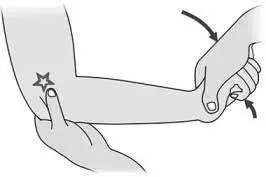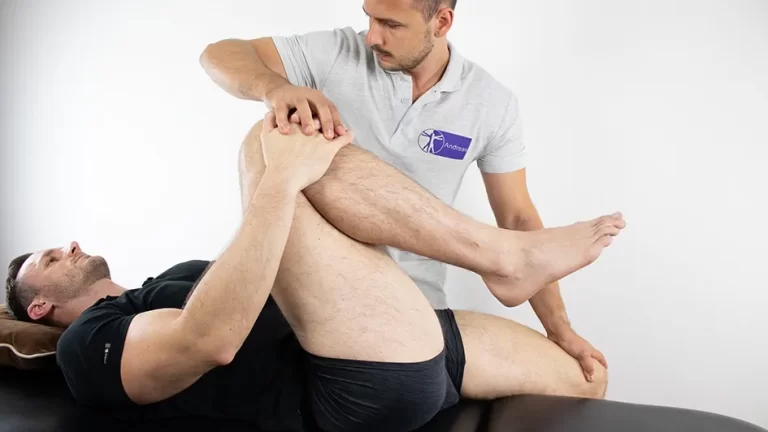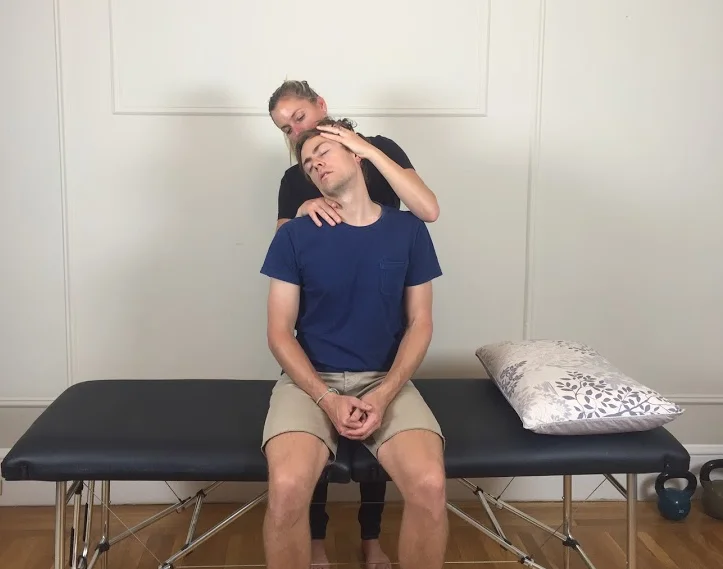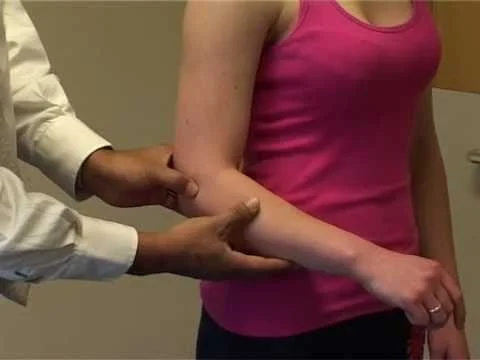Crank’s Test
Table of Contents
What is a Crank’s Test?
Crank’s Test is an orthopedic examination primarily used to assess the integrity of the glenoid labrum in the shoulder, specifically looking for labral tears. It is especially helpful in identifying superior labral anterior to posterior (SLAP) lesions.
Objective:
Clinically diagnosing tears of the shoulder’s superior labrum from the anterior to posterior can be difficult.
The Purpose:
This test diagnoses glenoid labral tears and assesses unstable superior labral anterior-posterior (SLAP) lesions. The labral crank test and the compression rotation test are two common names.
Method:
The examiner is standing next to the afflicted shoulder forearm, holding the flexed elbow or forearm, while the patient is sitting erect with their arm bent at a 90-degree angle. One hand applies joint load along the humerus’s axis, and the other rotates the humerus while raising the shoulder into the scapular plane. You can retake the test while supine.
A test becomes positive if the symptoms (usually pain) are reproduced during the manoeuvre (usually external rotation) with or without a click.
Results:
29 patients (45%) had positive results from the crank test, and 41 patients (63%), from the O’Brien test.
The crank test’s results showed a 61% negative predictive value, a 56% specificity, and a 46% sensitivity. Additionally, its positive predictive value was 41%. Furthermore, its positive predictive value was 41%. With a 54% sensitivity, 31% specificity, and 50% negative predictive value, the O’Brien test was very sensitive. The results of magnetic resonance imaging showed an 83% negative predictive value, 92% specificity, and 42% sensitivity. Its positive predictive value was 63%.
Positive Sign:
If the patient feels discomfort or hears a “click” in the shoulder while doing the maneuver, it is deemed a positive test because there could be a tear in the glenoid labrum.
Conclusions
The O’Brien and crank tests were not reliable diagnostic indicators for detecting glenoid labral tears, but there are tears in the anterior and posterior labrum.
Patients with additional shoulder disorders, such as impingement or rotator cuff injuries, frequently saw deceptively favorable results.
FAQs
What does a positive crank test indicate?
During the exam, the patient could also be requested to sit or stand. If the patient feels discomfort or hears a “click” in the shoulder while doing the maneuver, it is deemed a positive test because there could be a tear in the glenoid labrum.
What is the specificity of the crank test?
A single group of authors from among these eight studies reported high values for the diagnostic accuracy of the crank test: specificity, 93% (95% CI, 79%-98%); positive likelihood ratio, 13.6 (95% CI, 3.6-52.1); negative likelihood ratio, 0.1 (95% CI, 0.0-0.3); and sensitivity, 91% (95% CI, 76%-97%).
What is another name for the crank test?
This test is used to diagnose glenoid labral tears and assess unstable superior labral anterior-posterior (SLAP) lesions. The labral crank test and the compression rotation test are two common names.
What is the crank test for ligament pathology?
A physical examination technique called the Crank Test is used to find glenoid labral tears in the shoulder joint. The Crank Test can be carried out as follows: On the examining table, the patient is supine. The patient’s arm is abducted to 160 degrees and the elbow is flexed to 90 degrees by the examiner.
Reference:
Physiotutors. (2024a, May 20).Crank Test, Biceps Tendinopathy, Shoulder SLAP Lesions. Crank test: https://www.physiotutors.com/wiki/
Shoulder Exam Tutorial. (n.d.-b). Stanford Medicine 25. https://stanfordmedicine25.stanford.edu/the25/shoulder.html
Stetson, W. B., & Templin, K. (2002). Methods for Diagnosing Labral Tears: Crank Test, O’Brien Test, and Regular Magnetic Resonance Imaging Scans. American Journal of Sports Medicine, 30(6), 806-809.10.1177/03635465020300060901 is the link to this article.
Shoulder Examination Tests | ShoulderDoc. (n.d.). https://www.shoulderdoc.co.uk/section/497






